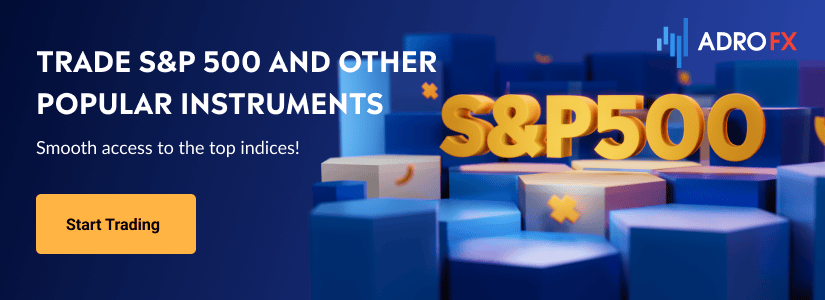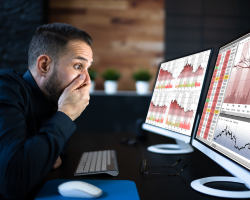Quantitative Trading Explained: Strategies, Psychology, and Risk Mitigation

Quantitative trading, also known as quant trading or algorithmic trading, represents a data-driven approach to financial markets. Utilizing mathematical models, statistical analysis, and computer algorithms, quantitative trading aims to make objective trading decisions relying on predetermined rules rather than human judgment. In this enlightening discourse, we delve into the intricate workings of quantitative trading, deciphering its core components and unveiling its inner mechanisms. From dissecting the nuances of trading strategies to unraveling the mysteries of human psychology and risk management, this article serves as your compass in navigating the multifaceted domain of quantitative trading.
Quantitative Trading Expalined
Quantitative trading, sometimes referred to as quant trading or algorithmic trading, represents a sophisticated trading approach reliant on mathematical models, statistical analysis, and computer algorithms to execute trading decisions. This methodology entails leveraging quantitative analysis, historical data, and intricate algorithms to pinpoint trading opportunities, optimize entry and exit points, manage risks, and execute trades autonomously, devoid of human intervention. These algorithms are meticulously designed, considering diverse factors such as price fluctuations, market trends, trading volumes, volatility, and other pertinent market indicators.
The applicability of quantitative trading extends across a spectrum of financial markets, spanning stocks, indices, commodities, currencies, and derivatives. Its widespread adoption by hedge funds, proprietary trading firms, and institutional investors is attributed to its capacity to swiftly analyze extensive datasets and make decisions based on predefined rules and parameters. The overarching objective of quantitative trading is to take advantage of market inefficiencies and benefit from executing trades grounded in quantitative analysis, rather than relying on subjective human judgment.
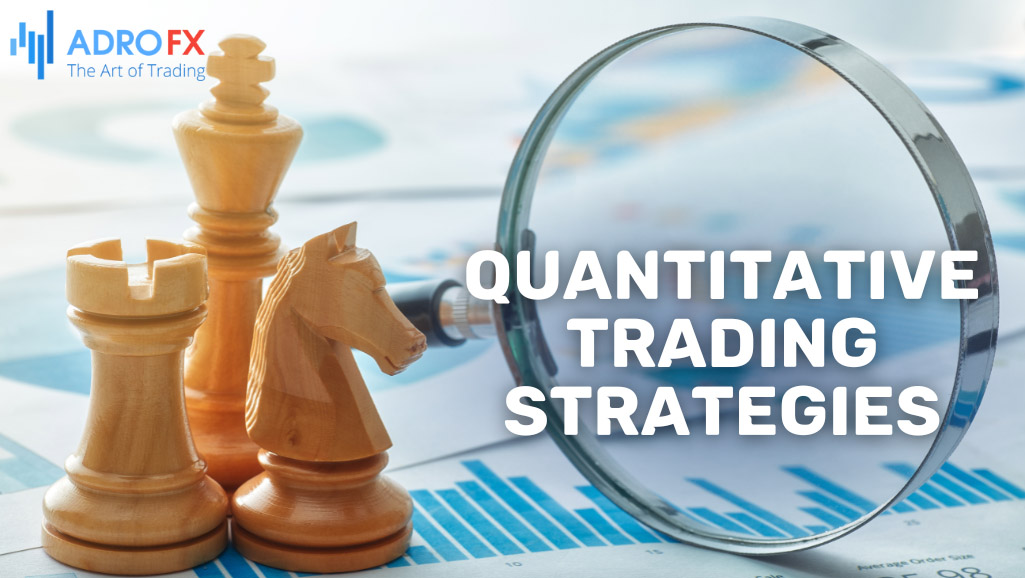
Quantitative Trading Strategies
Quantitative trading systems enclose numerous approaches that utilize mathematical models and algorithms to determine trading opportunities and make informed decisions. These strategies can vary in complexity, time horizon, asset class, and risk management techniques. Here are some common quant trading strategies:
Statistical Arbitrage
This strategy seeks to capitalize on temporary pricing inconsistencies between related securities by simultaneously buying and selling correlated assets. Traders employ statistical analysis of historical price relationships to identify when prices diverge from their expected correlation, aiming to profit as prices revert to their mean relationship.
Mean Reversion
Mean reversion strategies exploit the tendency of asset prices to revert to their historical average over time. Traders employing this strategy buy assets that have experienced significant declines and sell assets that have risen sharply, anticipating a return to their average value.
Trend Following
Trend following strategies aim to profit from the persistence of price trends in financial markets. Traders identify and capitalize on upward trends by buying assets with rising prices, or downward trends by selling assets with falling prices, using quantitative indicators such as moving averages and momentum.
Machine Learning-Based Strategies
These strategies utilize machine learning techniques like neural networks and random forests to develop predictive models for trading. By analyzing huge amounts of data, these models identify patterns and relationships that traditional statistical models might miss, enabling more accurate forecasts and trading decisions.
High-Frequency Trading (HFT)
HFT strategies involve executing a large number of trades at extremely high speeds to use small price fluctuations and market inefficiencies. Traders leverage advanced technology and low-latency trading systems to profit from rapid execution and arbitrage opportunities.
Quantitative Event-Driven Strategies
Event-driven strategies focus on trading opportunities arising from specific events or catalysts, such as earnings announcements or macroeconomic releases. Quantitative analysis is used to assess the potential impact of these events on asset prices and execute trades accordingly.
Pairs Trading
Pairs trading implicates trading two correlated assets at the same time, with the expectation that their price relationship will go back to its historical mean. Traders use quantitative models to identify suitable pairs of assets based on statistical measures of correlation and cointegration.
Volatility Trading
Volatility trading strategies aim to profit from fluctuations in market volatility or changes in implied volatility levels. Traders may trade options, volatility derivatives, or volatility-based exchange-traded products, using quantitative models to forecast and exploit changes in volatility.
These strategies represent a subset of the diverse range of quantitative trading approaches utilized by traders and firms in financial markets. Each strategy has its unique characteristics, risk profiles, and suitability for different market conditions, and successful traders often combine multiple strategies while continuously refining their models to adjust to changing market dynamics.
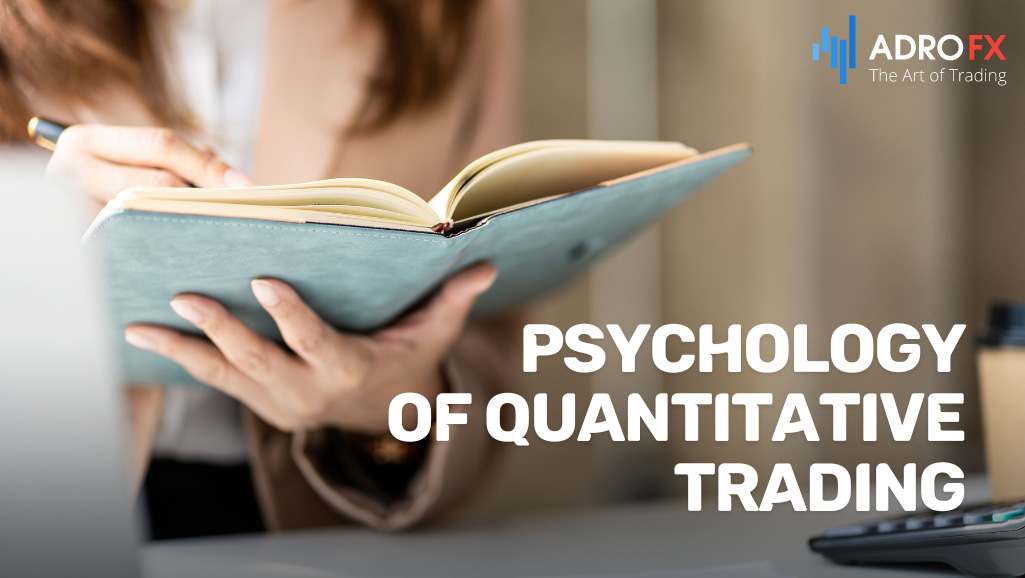
Psychology of Quantitative Trading
The psychology of quant trading involves understanding how human emotions and cognitive biases can impact the design, implementation, and execution of quantitative trading strategies. While quant trading relies heavily on mathematical models and algorithms, it is not immune to psychological factors that can impact decision-making processes. Here are some key aspects of the psychology of quant trading:
- Overconfidence Bias
Even though quant traders rely on data-driven analysis and backtesting, they may still fall victim to overconfidence bias, believing their models are infallible or underestimating the risks involved. This can lead to extreme risk-taking or failure to adapt when market conditions change.
- Confirmation Bias
Quant traders may inadvertently seek out information or data that affirms their current beliefs or trading strategies while neglecting contradictory evidence. This can lead to a lack of objectivity in assessing the effectiveness of their models and strategies.
- Emotional Reactivity
While quant trading aims to remove emotions from the decision-making process, traders can still experience emotional reactions to market volatility or unexpected outcomes. Fear, greed, and panic can influence trading decisions, leading to impulsive actions or deviations from the predefined trading rules.
- Loss Aversion
Traders may exhibit a reluctance to accept losses, even when their quantitative models indicate that cutting losses is necessary for risk management. This can lead to holding onto losing positions for too long in the hope that the market will reverse, resulting in larger losses.
- Herd Mentality
Despite the quantitative nature of their strategies, quant traders may still be influenced by the behavior of other market participants. They may follow trends or modify their strategies based on market sentiment, even if it contradicts their models.
- Adaptation and Learning
Successful quant traders continuously adapt and refine their strategies based on new data, market conditions, and feedback from past trades. This requires a willingness to learn from mistakes, overcome cognitive biases, and incorporate new insights into their quantitative models.
- Discipline and Patience
Maintaining discipline and patience are essential psychological traits for quant traders. They must stick to their predefined trading rules and resist the temptation to deviate from their strategies during periods of market uncertainty or volatility.
Understanding the psychological aspects of quant trading can help traders avoid cognitive biases, enhance decision-making processes, and enhance the effectiveness of their quantitative trading strategies. By combining quantitative analysis with psychological awareness, traders can strive for more constant and beneficial results in the dynamic and complex world of financial markets.
Risk Management in Quantitative Trading
Risk management plays a key role in quantitative trading, serving as a protection against inevitable losses and a means to safeguard capital amidst market volatility. Traders employ various techniques to manage risks effectively:
Position sizing entails determining the appropriate allocation of capital to each trade, factoring in the risk-reward ratio, account size, and confidence in trading signals. By sizing positions judiciously, traders can mitigate the impact of individual trade losses on their overall portfolio.
Stop Loss orders act as predefined price levels at which traders automatically exit losing trades to curtail potential losses. These orders instill discipline and counteract emotional decision-making, typically set based on technical indicators, volatility, or predetermined risk thresholds.
Diversification involves spreading trading capital across multiple assets, markets, or strategies to diminish overall portfolio risk. By diversifying, traders mitigate the impact of adverse movements in any single asset or market segment, ensuring a balanced exposure to various market conditions.
Risk parity strategies allocate capital based on the risk contribution of each asset or strategy to the overall portfolio. Assets with higher volatility or risk receive less capital allocation, while those with lower volatility garner more significant allocations, thereby balancing risk across portfolio components and improving risk-adjusted returns.
Portfolio optimization techniques aid in constructing portfolios that enhance returns while reducing risk. Balancing trade-offs between expected returns, volatility, and correlations among portfolio assets, optimization methods such as mean-variance optimization or Sharpe ratio maximization help identify optimal asset allocations that align with risk-return objectives.
Stress testing involves subjecting trading strategies and portfolios to extreme market scenarios to assess their resilience. By simulating adverse conditions, traders identify vulnerabilities and make necessary adjustments to enhance robustness and resilience.
Scenario analysis evaluates the impact of specific market scenarios or events on trading strategies and portfolios. By simulating diverse scenarios and analyzing potential outcomes, traders assess strategy sensitivity to market conditions and develop contingency plans to mitigate risks.
Continuous monitoring and rebalancing of trading strategies and portfolios are crucial for identifying emerging risks and deviations from expected performance. Regular reviews of positions, risk exposures, and performance metrics enable traders to maintain desired risk levels and objectives effectively.
In conclusion, effective risk management is imperative for long-term success in quantitative trading. By implementing robust risk management practices, traders can navigate market uncertainties and volatility while preserving capital and striving for consistent returns, thus enhancing the stability and resilience of their trading endeavors.
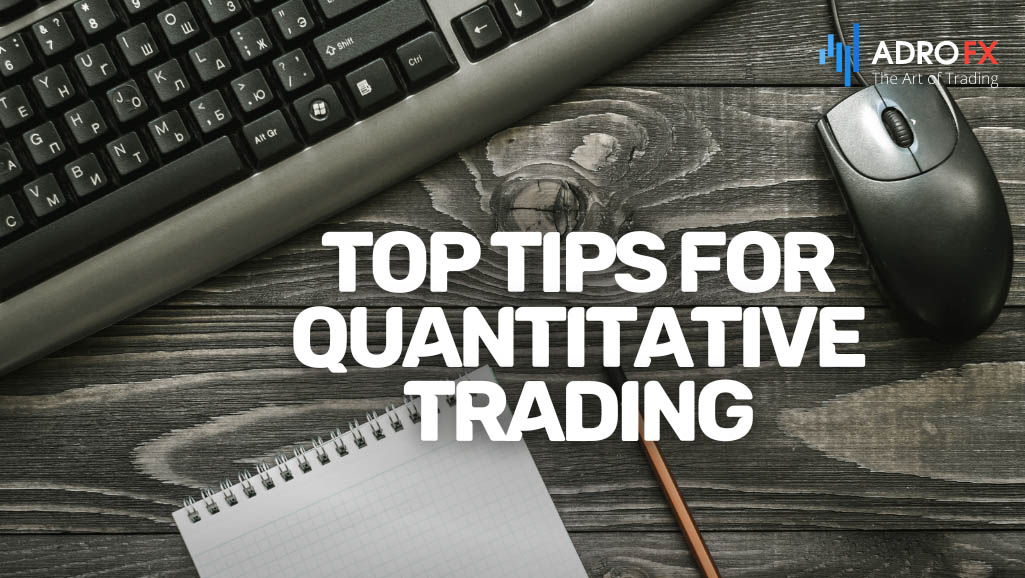
Top Tips for Quantitative Trading
Understand Your Models
Take the time to thoroughly understand the mathematical models and algorithms driving your trading strategies. This understanding will help you recognize their strengths, limitations, and potential sources of error.
Validate and Test
Before deploying a trading strategy in live markets, rigorously backtest it using historical data to ensure its effectiveness and robustness across different market conditions. Validate your models with out-of-sample testing to confirm their predictive power.
Stick to Your Strategy
Maintain discipline and consistency in following your predefined trading rules and parameters. Try not to make hasty decisions based on emotions or short-term market movements that deviate from your strategy.
Monitor and Adapt
Constantly pay attention to the effectiveness of your trading strategies and modify them as necessary based on adjusting market dynamics, new data, and feedback from past trades. Adaptability is key to long-term success in quantitative trading.
Focus on Risk Management: Prioritize risk management to safeguard your funds and cut losses. Implement position sizing, Stop Loss orders, diversification, and other risk mitigation techniques to manage your portfolio effectively.
Stay Informed
Stay informed about developments in financial markets, technological advancements, and regulatory changes that may impact your trading strategies. Being aware of market trends and events can help you make informed decisions and adjust your strategies accordingly.
Continuous Learning
Invest in continuous learning and skill development to stay ahead in the ever-evolving field of quantitative trading. Stay updated on new research, techniques, and tools that can enhance your trading effectiveness.
Keep Emotions in Check
Despite the quantitative nature of your strategies, emotions can still affect your decision-making process. Remain disciplined, patient, and objective, and avoid letting fear, greed, or overconfidence cloud your judgment.
By following these top tips, you can enhance the effectiveness of your quantitative trading strategies, mitigate risks, and strive for consistent and profitable outcomes in financial markets.
Conclusion
n wrapping up, quantitative trading is like a blend of science and art. Traders use math and computer smarts to navigate the tricky world of financial markets while also keeping their emotions in check.
Think of it as a journey where traders rely on clever algorithms to make smart decisions. But it's not just about numbers; it's also about understanding the risks and staying cool under pressure.
In this adventure, each trade is a chance to put your strategy into action, and each risk is a puzzle to solve. Success isn't just about making money; it's about finding the right balance between brainpower and intuition.
So, as we finish up, remember that in the world of quantitative trading, success comes from both know-how and a steady hand. It's a journey worth taking for those who are up for the challenge.
About AdroFx
Established in 2018, AdroFx is known for its high technology and its ability to deliver high-quality brokerage services in more than 200 countries around the world. AdroFx makes every effort to keep its customers satisfied and to meet all the trading needs of any trader. With the five types of trading accounts, we have all it takes to fit any traders` needs and styles. The company provides access to 115+ trading instruments, including currencies, metals, stocks, and cryptocurrencies, which make it possible to make the most out of trading on the financial markets. Considering all the above, AdroFx is the perfect variant for anyone who doesn't settle for less than the best.
